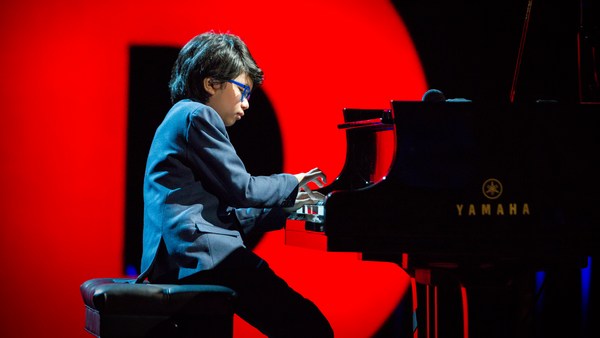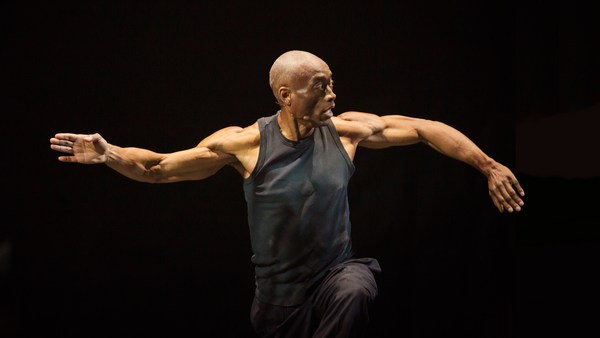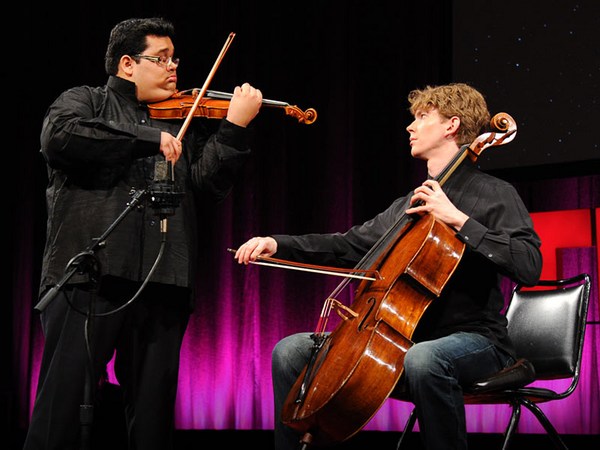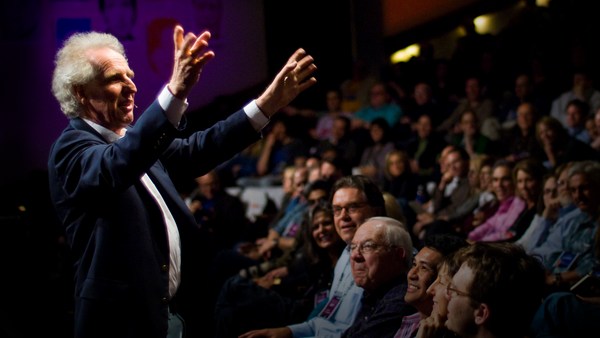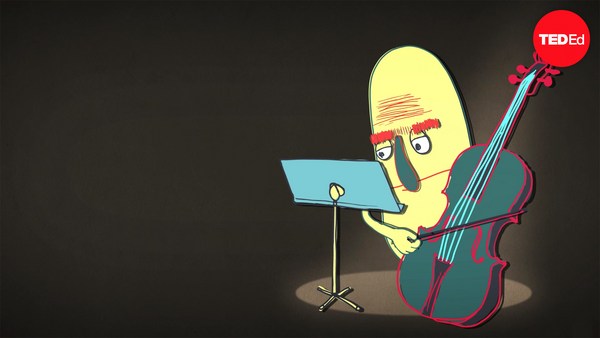(Music)
(Music ends)
(Applause)
(Applause ends)
Hi, everyone. I'm Sirena. I'm 11 years old and from Connecticut. (Audience cheers)
(Applause)
Well, I'm not really sure why I'm here.
(Laughter)
I mean, what does this have to do with technology, entertainment and design? Well, I count my iPod, cellphone and computer as technology, but this has nothing to do with that.
So I did a little research on it. Well, this is what I found. Of course, I hope I can memorize it.
(Clears throat)
The violin is made of a wood box and four metal strings. By pulling a string, it vibrates and produces a sound wave, which passes through a piece of wood called a bridge, and goes down to the wood box and gets amplified, but ... let me think.
(Laughter)
Placing your finger at different places on the fingerboard changes the string length, and that changes the frequency of the sound wave. (Sighs) Oh, my gosh!
(Laughter)
OK, this is sort of technology, but I can call it a 16th-century technology. But actually, the most fascinating thing that I found was that even the audio system or wave transmission nowadays are still based on the same principle of producing and projecting sound. Isn't that cool?
(Laughter)
(Applause)
Design -- I love its design. I remember when I was little, my mom asked me, "Would you like to play the violin or the piano?" I looked at that giant monster and said to myself -- "I am not going to lock myself on that bench the whole day!"
(Laughter)
This is small and lightweight. I can play from standing, sitting or walking. And, you know what? The best of all is that if I don't want to practice, (Whispering) I can hide it.
(Laughter)
The violin is very beautiful. Some people relate it as the shape of a lady. But whether you like it or not, it's been so for more than 400 years, unlike modern stuff [that] easily looks dated. But I think it's very personal and unique that, although each violin looks pretty similar, no two violins sound the same -- even from the same maker or based on the same model.
Entertainment -- I love the entertainment. But actually, the instrument itself isn't very entertaining. I mean, when I first got my violin and tried to play around on it, it was actually really bad, because it didn't sound the way I'd heard from other kids -- it was so horrible and so scratchy. So, it wasn't entertaining at all. But besides, my brother found this very funny: Yuk! Yuk! Yuk!
(Laughter)
A few years later, I heard a joke about the greatest violinist, Jascha Heifetz. After Mr. Heifetz's concert, a lady came over and complimented him: "Oh, Mr. Heifetz, your violin sounded so great tonight!" And Mr. Heifetz was a very cool person, so he picked up his violin and said, "Funny -- I don't hear anything."
(Laughter)
Now I realize that as the musician, we human beings, with our great mind, artistic heart and skill, can change this 16th-century technology and a legendary design to a wonderful entertainment. Now I know why I'm here.
(Music)
(Music ends)
(Applause)
At first, I thought I was just going to be here to perform, but unexpectedly, I learned and enjoyed much more. But ... although some of the talks were quite up there for me.
(Laughter)
Like the multi-dimension stuff. I mean, honestly, I'd be happy enough if I could actually get my two dimensions correct in school.
(Laughter)
But actually, the most impressive thing to me is that -- well, actually, I would also like to say this for all children is to say thank you to all adults, for actually caring for us a lot, and to make our future world much better. Thank you.
(Applause)
(Music)
(Music ends)
(Applause)
(Applause ends)
(Music)
(Music ends)
(Applause)
